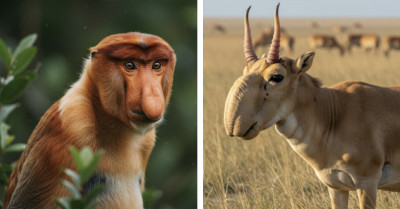There Has Been A Remarkable Discovery Of 10 New Songbird Species On Remote, Forested Indonesian Islands
Birds are fascinating for many reasons; their charming appearance, beautiful singing, and stunning looks are just a few. Those passionate about birdwatching and bird-loving know that approximately five new bird species are identified each year worldwide.
However, this record has recently been broken. Ten new songbirds were discovered on the Indonesian islands near Sulawesi.
This remarkable discovery, with so many new birds from one expedition, represents a huge success. Additionally, this number indicates a significant increase in avian biodiversity.
The research expedition took place on Talibu, Peleng, and Batudaka islands. The majority of new birds were discovered on Talibu, the highest island in the researched group.
Finding five new species and five new subspecies of songbirds on three remote, isolated forested islands was unexpected. But nature always finds a way to surprise us.
These small islands are part of the Wallacea region—a biogeographical designation for a group of islands, primarily in Indonesia. Frank Rheindt, an evolutionary biologist at the National University of Singapore, and Dewi Prawiradilaga, an ornithologist at the Indonesian Institute of Sciences in Jakarta, led the researchers and expedition in 2013 when the birds were identified as new.
Who would have thought that these hard-to-reach and remote islands would hide so many undiscovered bird species? However, Rheindt had a good feeling, and along with his colleagues, they succeeded.
Yellow-breasted Togian jungle-flycatcher (Cyornis omissus omississimus)
“It’s very important to pick deep-sea islands; those are the ones that are likely to have endemic species that are not shared with other landmasses,” said Frank Rheindt at the National University of Singapore.
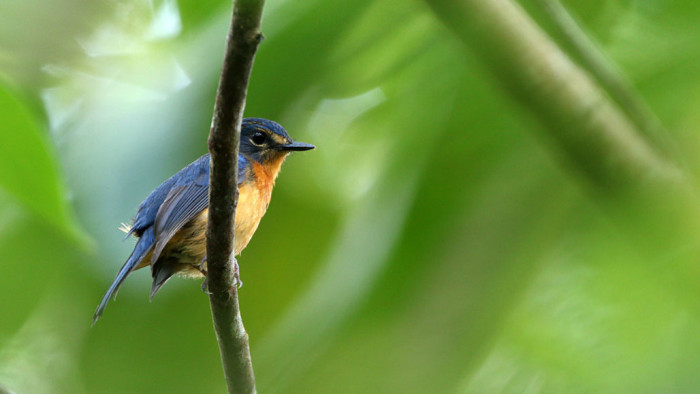
Taliabu leaf-warbler (Phylloscopus emilsalimi)
“Even more encouraging, the islands’ interior highlands hadn’t received much attention from European explorers or naturalists, who instead focused on the coasts,” says Frank Rheindt.
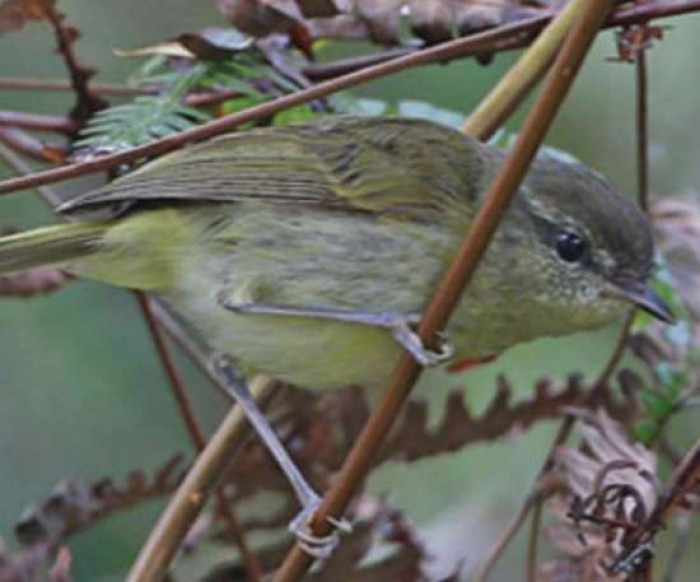
Remote from other mainland areas, these birds probably have never left their habitat. That's why they remained undiscovered until Frank found them.
Researchers hoped to find some new wildlife species during the expedition, but they certainly couldn't have imagined finding 10 of them.
“We weren’t aware that this was going to be a bonanza of new species and subspecies,” says Rheindt.
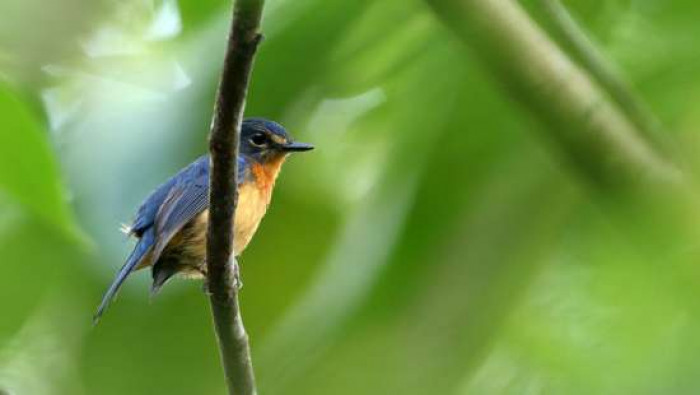
Here are the researched islands.
Five new subspecies and five new species of birds were confirmed based on the birds' physical characteristics, DNA, and differences in their songs. Some of the newly identified birds were among the most visually remarkable, such as the Taliabu Myzomela honeyeater (Myzomela wahe) with its vivid red-orange feathers, and the Togian jungle-flycatcher (Cyornis omissus omississimus), which has light yellow belly feathers and an iridescent blue crown.
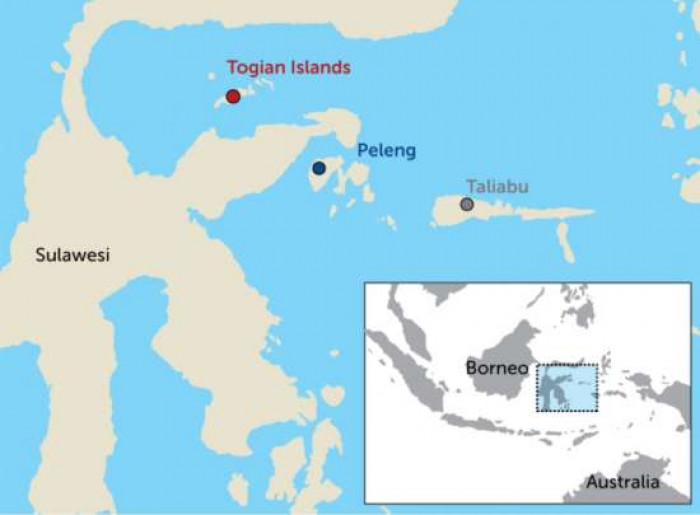
Taliabu grasshopper-warbler (Locustella portenta)
Rheindt’s personal favorite is the Taliabu grasshopper-warbler (Locustella portenta). He says this bird is really shy and elusive. When he saw it, he noticed that the bird was a different color than the other grasshopper-warblers in the area. Its plumage was darker, and its cricket-like song was not the same as that of the other grasshopper-warblers.
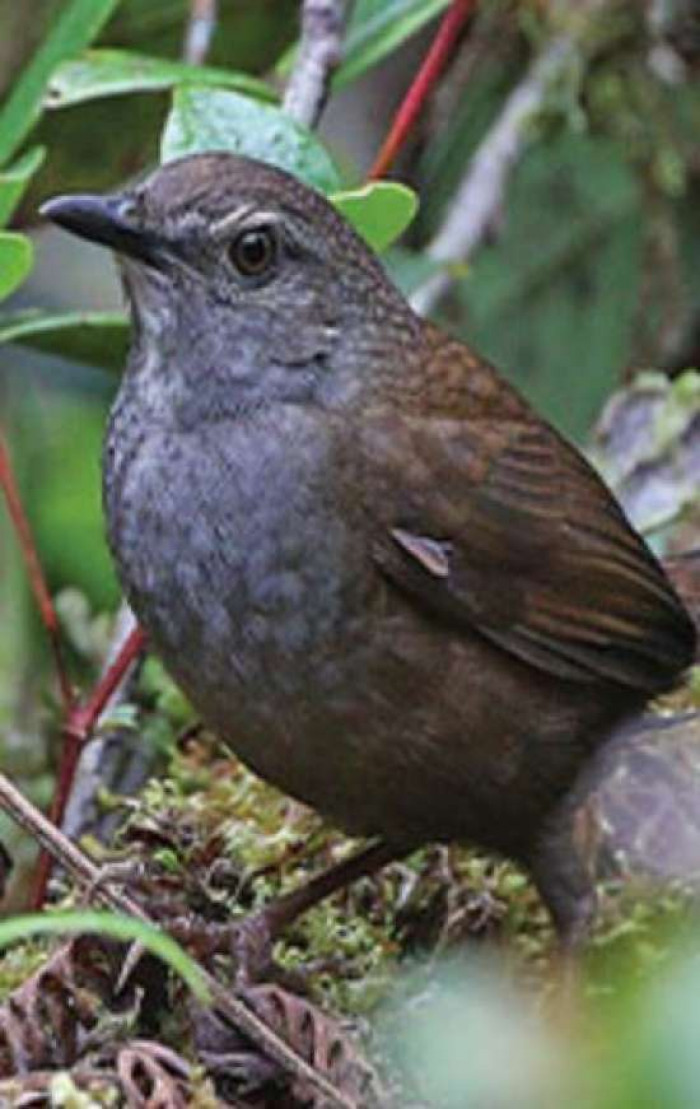
Taliabu Myzomela honeyeater (Myzomela wahe)
New bird species that have been discovered in recent decades are mostly from Peru and Brazil, says Pamela Rasmussen, an ornithologist at Michigan State University in East Lansing. She added that this discovery is very “unusual in the fact that these birds have existed so long without being documented. There are very few places left that are likely to have so many [birds].”

"The cache of new birds is impressive", says Pamela Rasmussen.

There is so much on the planet that we still don't know about, and although most of the mysteries that remain are likely in the vast depths of the ocean, the rest of the world will continue to amaze us at every opportunity. Mother Nature will always have its secrets.
But thanks to curious and persistent individuals, our knowledge is growing. We have learned that our planet is richer for ten new bird species, thanks to Frank and his team of researchers.
